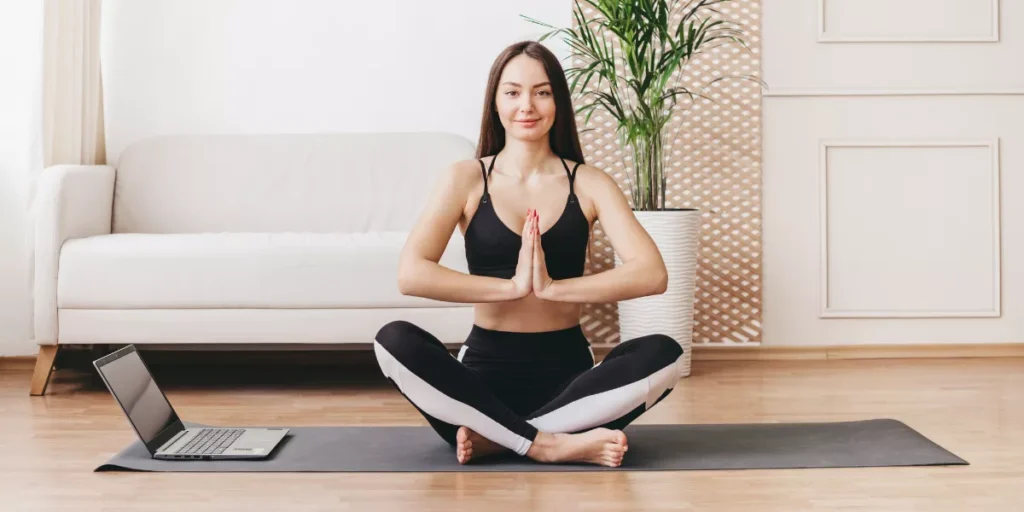
To enhance your mental well-being through fitness, consider the transformative power of exercise on your overall health. The benefits extend beyond physical fitness to encompass mental clarity and emotional stability. By exploring various types of physical activities and establishing a consistent routine, you can unlock a path to improved mental health and inner strength. But how exactly does this connection between fitness and mental health unfold, and what are the key strategies you can employ to harness this potential fully? Explore the nuances of this relationship further to uncover the profound impact fitness can have on your mental well-being.
Benefits of Fitness for Mental Health
Regular physical activity not only strengthens your body but also has a profound impact on your mental well-being. When you engage in activities like running, yoga, or dancing, your brain releases endorphins, which are chemicals that act as natural painkillers and mood elevators. These endorphins help reduce feelings of stress and anxiety, leaving you feeling more relaxed and positive.
Exercise also promotes better sleep, which is crucial for maintaining good mental health. By being physically active, you can improve your sleep quality, making you feel more refreshed and alert during the day. Additionally, regular workouts can enhance your self-esteem and body image. As you achieve your fitness goals and notice positive changes in your body, you’ll likely feel more confident and satisfied with yourself.
Furthermore, physical activity serves as a healthy distraction from daily worries and can provide a sense of accomplishment. Whether it’s completing a challenging workout or reaching a new personal best, these achievements can boost your mood and overall mental well-being.
Types of Exercises for Women
Engaging in a variety of exercises tailored to women can play a significant role in improving both physical fitness and mental well-being. When it comes to choosing exercises, consider activities like cardio workouts such as running, cycling, or dancing to boost your heart rate and improve endurance.
Strength training with weights or body resistance exercises can help tone muscles and increase overall strength. Yoga and Pilates are excellent for building flexibility, balance, and core strength while promoting relaxation and reducing stress.
High-intensity interval training (HIIT) is a time-efficient option that combines short bursts of intense exercise with brief rest periods to burn calories and improve cardiovascular health. Additionally, don’t forget the benefits of outdoor activities like hiking, swimming, or playing a sport, which can provide a refreshing change of scenery and enhance your mood.
Mixing different types of exercises not only keeps your routine exciting but also ensures that you target various muscle groups for a well-rounded fitness regimen.
Creating a Balanced Fitness Routine
To create a balanced fitness routine, incorporate a mix of cardio, strength training, flexibility exercises, and outdoor activities to target different aspects of your physical health and well-being.
Cardio exercises like running, cycling, or dancing help improve your cardiovascular health, burn calories, and boost your mood.
Strength training, such as weightlifting or bodyweight exercises, builds muscle strength, increases bone density, and enhances metabolism.
Flexibility exercises like yoga or stretching help improve range of motion, reduce the risk of injuries, and promote relaxation.
Outdoor activities like hiking, swimming, or playing sports not only provide physical benefits but also allow you to connect with nature, reduce stress, and improve mental well-being.
Overcoming Barriers to Exercise
Overcoming barriers to exercise requires identifying and addressing the obstacles that hinder your fitness journey. One common barrier is lack of time. You may feel overwhelmed with work, family responsibilities, and other commitments, making it challenging to prioritize exercise. To overcome this, try scheduling specific workout times in your calendar and treating them as non-negotiable appointments.
Another barrier is lack of motivation. It’s normal to have days when you don’t feel like working out, but finding ways to stay motivated can help. Consider setting achievable goals, working out with a friend, or trying new and exciting fitness activities.
Financial constraints can also be a hurdle. However, there are many budget-friendly exercise options available, such as home workouts, outdoor activities like running or hiking, or seeking out community fitness classes.
Health and fitness














